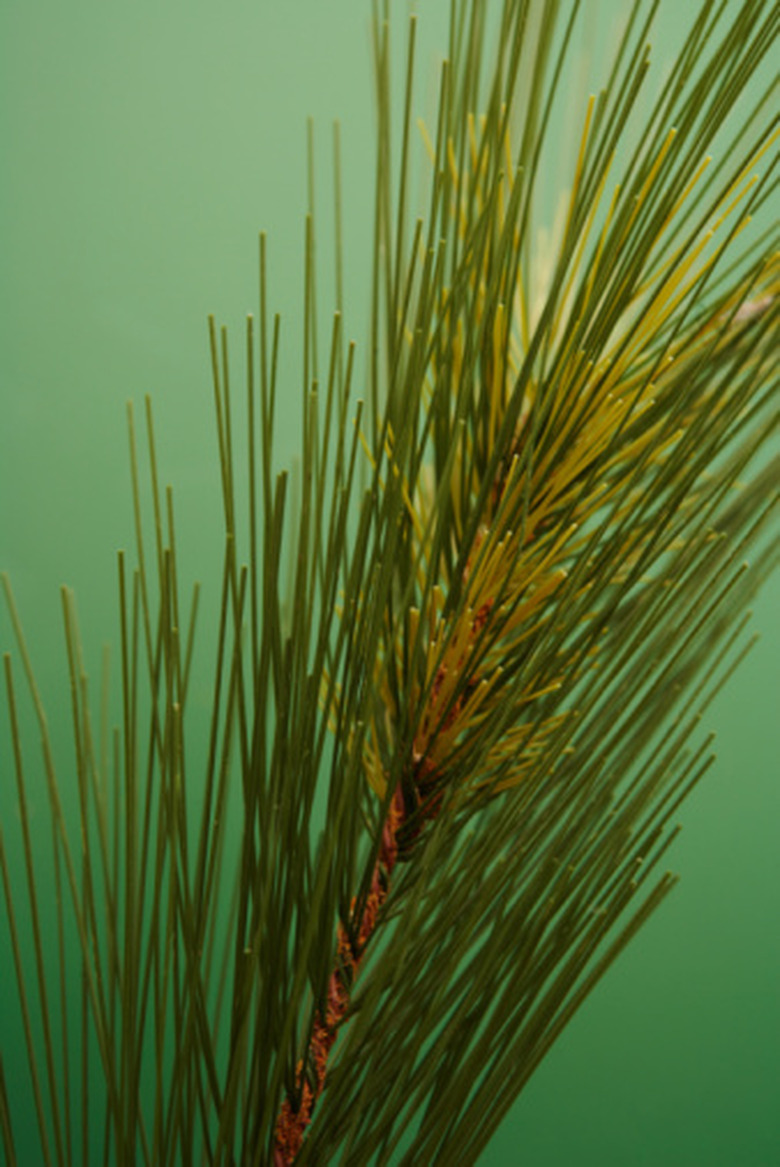Why Your Evergreen Shrubs Are Turning Brown
When valuable evergreen shrubs turn brown, don't panic. Many evergreens drop needles naturally in fall and require no treatment. The browning or loss of needles during spring or summer, however, might indicate a serious problem.
Needle Drop
In fall, healthy evergreens drop older, inner needles. During unusually warm and dry summers, the condition may be more noticeable. Andy Beck, horticulture extension educator at Penn State University, suggests leaving the needles in place as mulch.
Drought and Winter Burn
Because evergreens retain their needles all winter, the plants continue to lose moisture through the needles. The frozen ground does not supply enough water to compensate and the plant dehydrates. To prevent winter dehydration, water shrubs until the first hard frost and as soon as soil temperatures reach 40 degrees Fahrenheit.
- When valuable evergreen shrubs turn brown, don't panic.
- Many evergreens drop needles naturally in fall and require no treatment.
Wooly Adelgid
The hemlock woolly adelgid is an introduced insect that attacks hemlocks in the northeastern United States. It sucks fluids from the tree and causes needle loss and dieback. Look for white, cottony egg sacks. If you find them, treat the tree with a horticultural oil or an insecticidal soap immediately.
Brown Evergreen Come Back?
Evergreens don't always live up to their name. When winters are dry or so cold that the ground freezes, evergreens don't get the water they need to make up for moisture lost through transpiration — evaporation of water through foliage — and turn brown. This is often called dessication or leaf burn. Thorough watering from late summer through fall and topping the root zone of the evergreen with mulch can help avoid winter browning from dessication. Keep your hands off the pruners until you see green buds on your evergreen tree or shrub.
- The hemlock woolly adelgid is an introduced insect that attacks hemlocks in the northeastern United States.
- Keep your hands off the pruners until you see green buds on your evergreen tree or shrub.
References
- Penn State University: My Evergreen Is Turning Brown!
- Colorado State University Cooperative Extension: Brown Needles On Evergreens
- Pennsylvania Department of Conservation: Hemlock Wooly Adelgid
- Iowa State University Extension: Brown Needles on Evergreens
- Colorado State University Extension: Brown Needles on Evergreens
